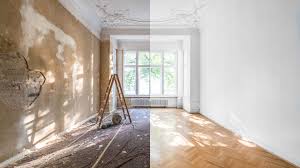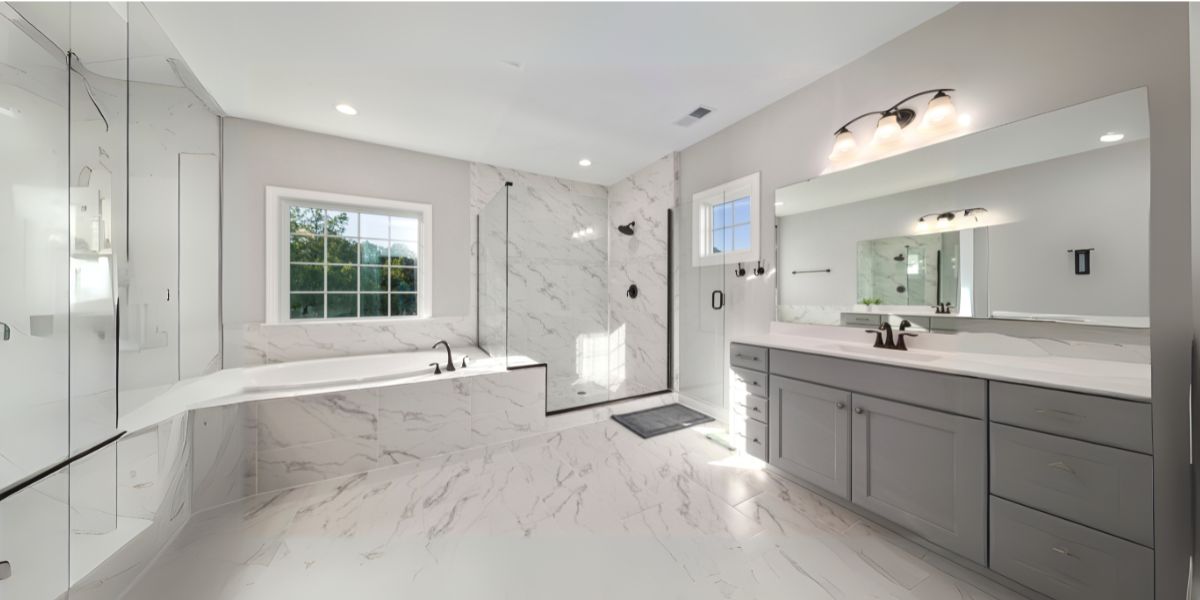.webp)
.png)
How to Plan a Home Renovation Budget?




A well-planned budget is the backbone of any successful home renovation. Without it, projects can quickly spiral out of control, leading to stress, delays, and unexpected expenses. Whether you’re remodeling a kitchen, updating a bathroom, or renovating your entire home, a clear budget plan ensures you stay on track and achieve your goals.
1. Assess Your Renovation Goals
Before you allocate funds, define what you want to achieve with your renovation. Understanding your goals helps determine which areas need the most investment.
Questions to ask yourself:
- Which rooms or features need updating?
- Are you prioritizing aesthetics, functionality, or both?
- Do you plan to resell your home in the near future?
Knowing your objectives sets the foundation for realistic budgeting.
2. Research Costs and Materials
Accurate cost estimation is essential to avoid surprises. Start by researching prices for materials, labor, and permits.
Tips:
- Get multiple quotes from contractors for comparison.
- Factor in high-quality materials where durability matters (e.g., flooring, countertops).
- Consider long-term savings from energy-efficient upgrades.
Pro Tip: Create a spreadsheet to track estimated costs for each category.
3. Break Down Your Budget by Category
Dividing your budget into categories helps manage expenses and ensures nothing is overlooked. Common categories include:
- Labor Costs: Contractors, electricians, plumbers, painters
- Materials & Supplies: Flooring, cabinets, tiles, paint
- Permits & Fees: Building permits, inspections, zoning fees
- Contingency Fund: 10–20% of the total budget for unexpected expenses
Breaking down costs makes it easier to identify areas where you can save or splurge.
4. Include a Contingency Fund
Even with careful planning, unexpected issues often arise during renovations such as hidden water damage, structural problems, or supply delays.
Best practice:
- Allocate 10–20% of your total budget as a contingency.
- Use this fund strictly for unforeseen expenses to avoid financial stress.
A contingency fund is your safety net to keep the project on track.
5. Prioritize Your Spending
Not all renovation elements are equally important. Prioritizing spending ensures your budget is allocated to the most impactful areas.
Tips:
- Focus on high-return areas like kitchens and bathrooms.
- Consider long-term durability over trendy features.
- Delay non-essential upgrades if the budget is tight.
Prioritization helps you make smart financial decisions without compromising quality.
6. Track Expenses Closely
Maintaining control over your budget requires consistent monitoring throughout the project.
Tips:
- Update your spreadsheet or budgeting tool weekly.
- Compare actual costs against estimates.
- Communicate regularly with contractors to avoid hidden charges.
Tracking expenses prevents surprises and ensures your renovation stays on budget.
7. Avoid Common Budgeting Mistakes
Many homeowners overspend due to avoidable errors. Common mistakes include:
- Failing to plan for hidden costs
- Underestimating labor or material costs
- Skipping contingency funds
- Making frequent design changes mid-project
Being aware of these pitfalls helps you stay financially prepared.
Conclusion
Planning a home renovation budget is key to a smooth, successful project. By setting clear goals, researching costs, breaking down expenses, and tracking your spending, you can avoid overspending while achieving the home of your dreams.
Ready to start your renovation with confidence? Contact our home remodeling experts for professional guidance and budget-friendly solutions tailored to your project.

.png)

